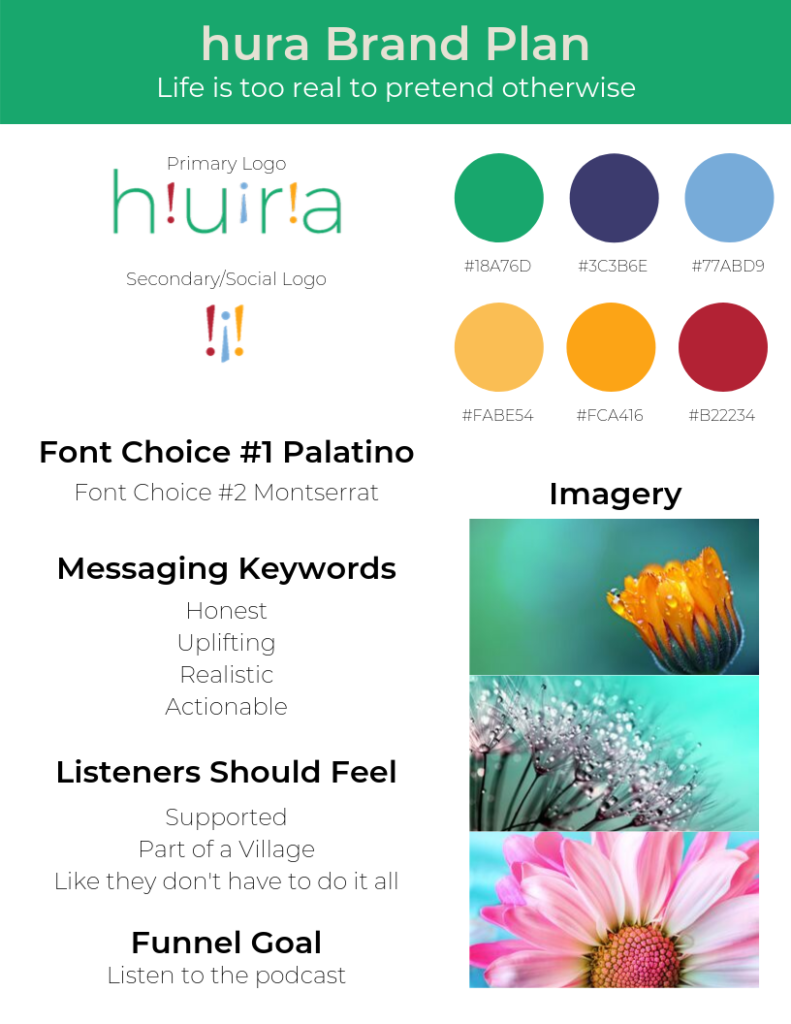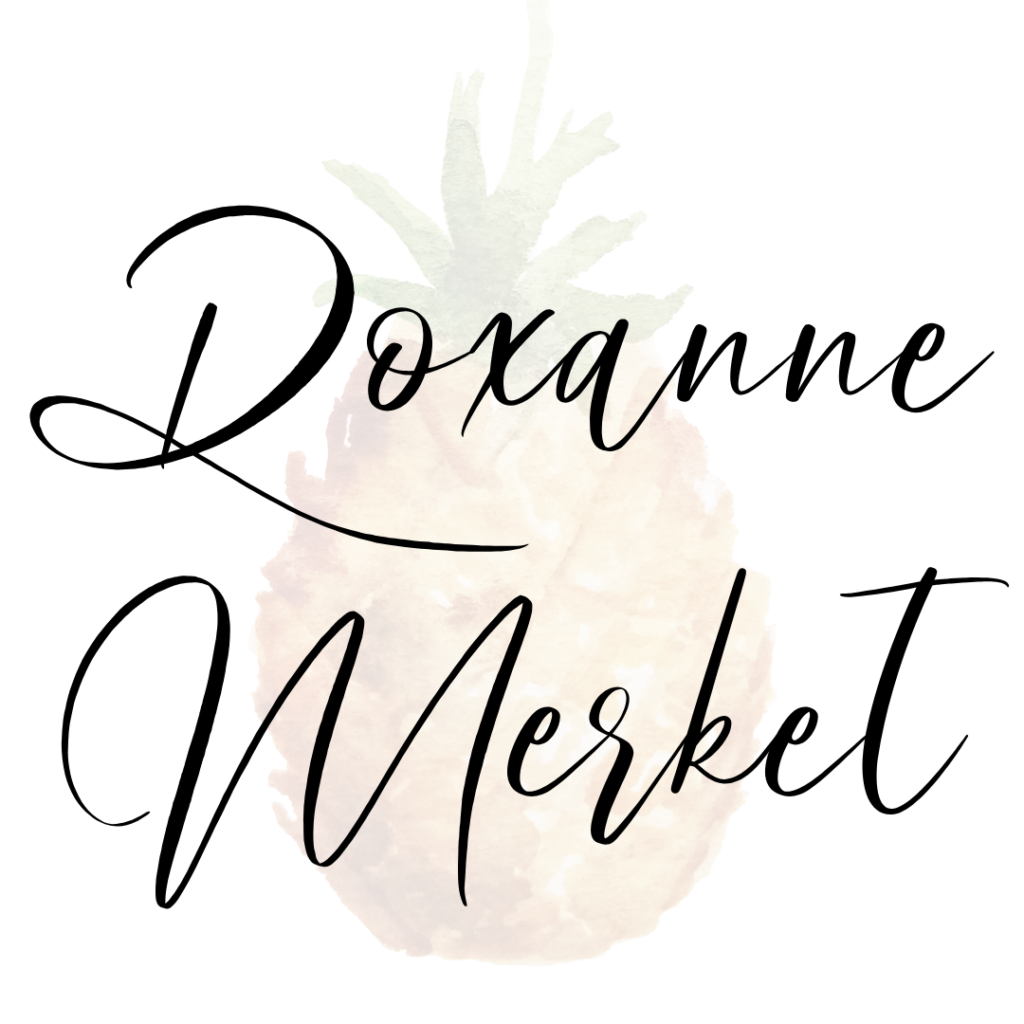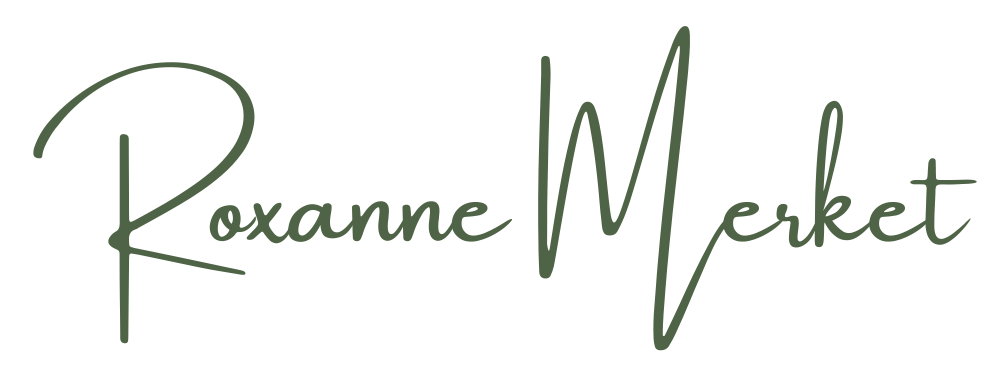I love a good tool, and today I’m sharing an incredible free tool to create a custom branding guide for your business.
I’m in the middle of a book called Eight Flavors. It’s super nerdy and I love it SO much. It’s the story of 8 flavors that make up American cuisine, and it’s fascinating.
For someone who loves to be in the kitchen, this book is a dream.
I’m only a few chapters in – I work through books like this slowly. They change my life and I need to give the change time to sink in.
For example, when I read the chapter on black pepper, I immediately needed a pepper grinder. I dug through my box of kitchen supplies that still hadn’t been unpacked from our latest PCS (a military move), headed out to buy peppercorns, and my cooking changed forever.

Seriously – my 7 year old will roll her eyes after asking if there’s pepper in something and say “of course there’s pepper in it – mommy made it.”
Yeah, it’s pretty crazy.
But here’s the thing – this book (like many others in my life) provide me with life-changing views and experiences that I can’t help but share with others.
Like the pepper grinder. Guess what my dad wanted for Christmas? You guessed it – a pepper grinder. And not because he’d read the book, but because I couldn’t stop talking about freshly ground pepper. For weeks.
I can’t resist sharing a good tip, or a good tool.
That’s what I’m sharing with you today: A branding tool that will change the way you communicate with your customers.
I’ve been a digital marketer for years now. And one of the most common issues I see in companies is confusion in how they show up online. Facebook business pages are treated like personal pages, quotes are shared on Instagram on a variety of topics, and great efforts are made to appeal to everyone.
Here’s the thing: You don’t want to appeal to everyone.
Seriously.
Everyone is NOT your target market.
You may think everyone is your target market, but that’s really not the case. (I wrote more about this here.)
So as a business owner (or artist or songwriter or MLM or VA or service provider or whatever you are) it’s your duty to figure out WHO you are talking to, and how to talk to them.
And then you have to figure out who YOU are so your customers get the same YOU no matter where they interact with you.
You don’t want to be a two-faced (or three-faced or seven-faced) business.
You’ll show up much better online when you are consistent.
I call the way you show up the filter you use for your brand.
And I like to make it pretty, too.
If you have an easy reference sheet to keep close by, you’ll always know if you’re showing up “on brand” (or not!)

What to include in a branding guide
You’ll want to include guidelines so no matter who is representing your business, they’ll show up the same.
Remember, consistency is the goal here.
So I include these things in every one-page brand plan I produce for my clients.
Your business name
This may seem obvious, but it’s an important piece of your brand guide.
Make sure you include the correct spelling, capitalization, and punctuation of your company name.
HURA! is different than hura, which is different than H!U!R!A!
See what I mean?
Be sure to include your company name exactly as it should be written in your branding guide.
Your business tagline or slogan
If you’ve got a tagline or slogan for your business, include it in your brand guide. Most companies are extremely detail-oriented when it comes to the creation of their slogan. Make sure it’s never misused by including this important item of copy in your brand guide.
Your logo(s)
Including a brand marking like your logo is fairly obvious. But be sure to include the main logo and also a secondary logo used to represent your brand.
Many businesses (mine included) use a main logo that is not square, like this one:

And a secondary logo for social media or a favicon that is square, like this one:

Be sure to include both versions of your logo in your branding guide.
Font and color choices
Again, another obvious inclusion. Fonts and colors are the first things we think of when a brand is mentioned.
Don’t believe me? Play this game:
What color comes to mind when you think of Target?
(I bet you said red.)
What font do you think of when I say Disney?
(The swirly swooping font of the Walt Disney company is probably what popped into your brain, right?)
Fonts and colors are clear ways to identify your brand.
They’re also one of the easiest ways to get derailed if you’re not careful.
What if Target started using green and purple in all their promo materials?
It wouldn’t be Target, right?

And what if Disney decided to use a bold, thick, boxy font on all their merchandise?
The audacity.

Fonts and colors are the easiest way to provide consistency for your customers.
Make sure you clearly identify both a headline font and a paragraph font, as well as main and secondary colors, and include them in your branding guide.
Messaging keywords
Ok, now that we have the obvious stuff out of the way, let’s talk about a few more items that should be included in your brand guide.
Messaging keywords are the words you use to invoke an emotion in your customers. These are the words that show up again and again.
Look at Home Depot as an example here. Home Depot will use words like improvement and DIY to invoke emotions of ability and empowerment.
So think about what words you want to be using consistently and consider them branding keywords. Include these in your branding guide.
Users emotions
As you’re thinking about your branding keywords, think about the emotions you want your customers to feel. Should they feel empowered? Like they’re part of a community? Like they’re part of something exclusive?
It’s important to understand what your users should feel as they interact with your brand. Get specific about these emotions and experiences and include them in your branding guide.
Imagery
Images are an often overlooked piece of branding, but they are just as important as your font and color choices.
If your brand is all about health and wellness, you won’t want to be using images of a sedentary lifestyle or cake.
If your brand is all about animals, you’ll want to be sure you include pictures of… wait for it… animals.

With images, you can get even more detailed.
In my brand guide I have 3 images: pineapples, the beach, and trees. Each image represents something to my brand, so it’s important that I use images like these whenever possible.
I suggest finding 3 images that make you feel the same way you want your customers to feel and use those in your branding guide.
Funnel goal
The last piece of information I always include in branding guides I create for my clients is a funnel goal. It might seem like a strange thing to include in a branding guide, but hear me out on this one.
Every piece of branding collateral is designed to help your user feel something or experience something. And it’s your job to take away the thinking – to make it easy for them to say yes.
You just have to define what it is you’re asking them to say yes to.
Do you want them to buy from you? Schedule a call? Email their representative?
Whatever it is, you need to know.
And pick ONE thing. One goal. One action you want your users to take.
Include that ONE goal on your branding guide. It becomes part of the filter you push everything through. You want to keep that one goal at the top of mind, so include it somewhere you’ll see it often.
Create a beautiful branding guide.
You didn’t think I’d get you this far and send you off into the wild all by yourself without a little extra guidance, did you?
Because I’ve got something extra special for you.
I created a free tool to generate a beautiful branding guide using all the information we just discussed here.
And yes, it really is free.
How to use a branding guide
Now, one more thing before we sign off today.
It’s important to remember that everything you do online should be filtered through this branding guide.
Make sure your social media images reflect similar graphics.
Be sure your website copy includes your messaging keywords.
Take care to reference your branding guide any time you’re creating anything that represents your business.
Show up consistently to set clear expectations
When you show up consistently, your customers learn what they can expect from you. They start to recognize you without even reading your words because they recognize the style and image and colors and fonts used in your graphics.
They’ll download PDFs from you that are consistently formatted.
They’ll see the same setting in your videos.
They’ll recognize your company because of the way your blog posts are formatted.
They’ll know how you show up.
People buy when they feel comfortable. And you showing up consistently gives a sense of calm and comfort because your customers know what to expect from you every.single.time they interact with you.
You owe it to your customers to be consistently on-brand.
Set clear and kind expectations.
Use a branding guide.

